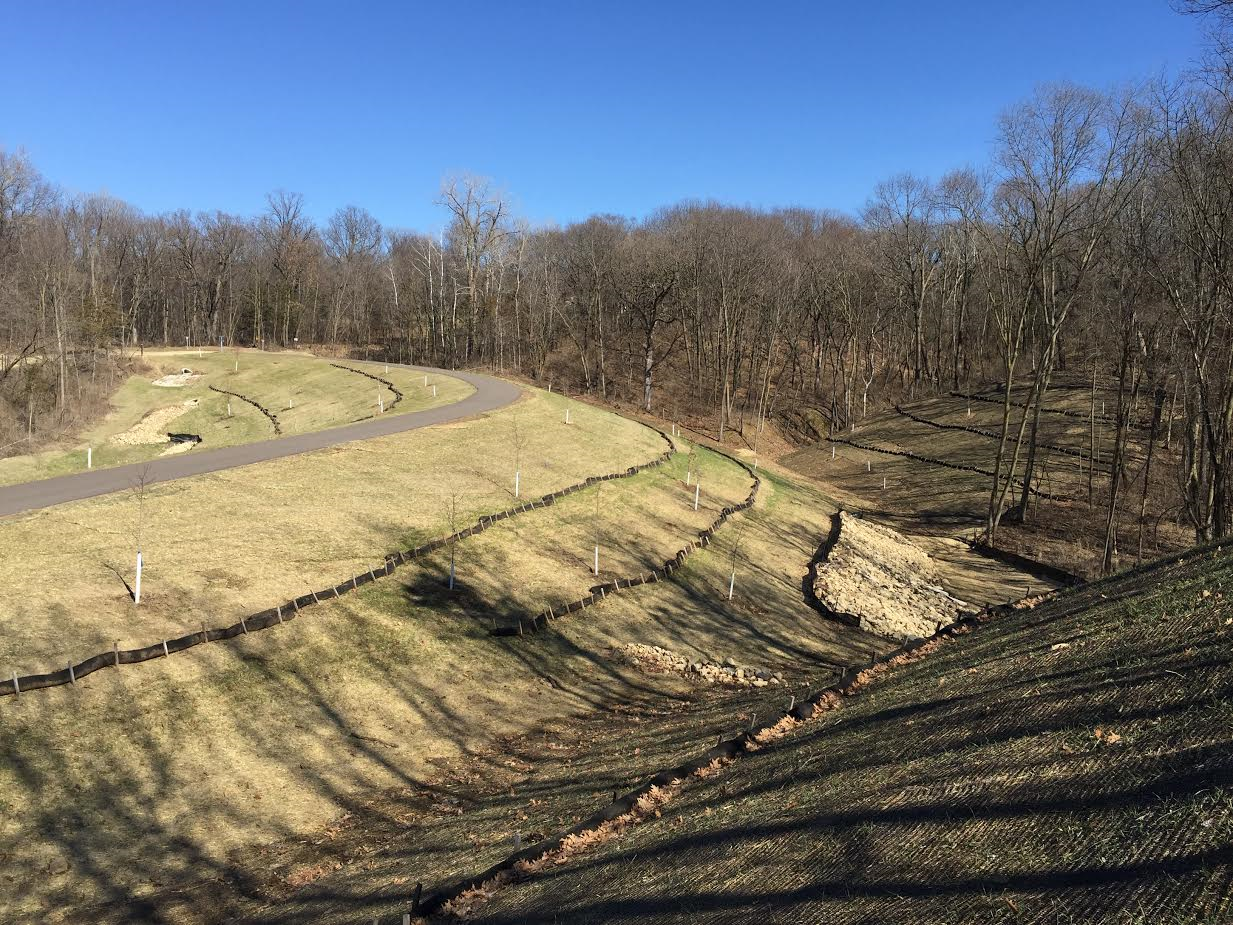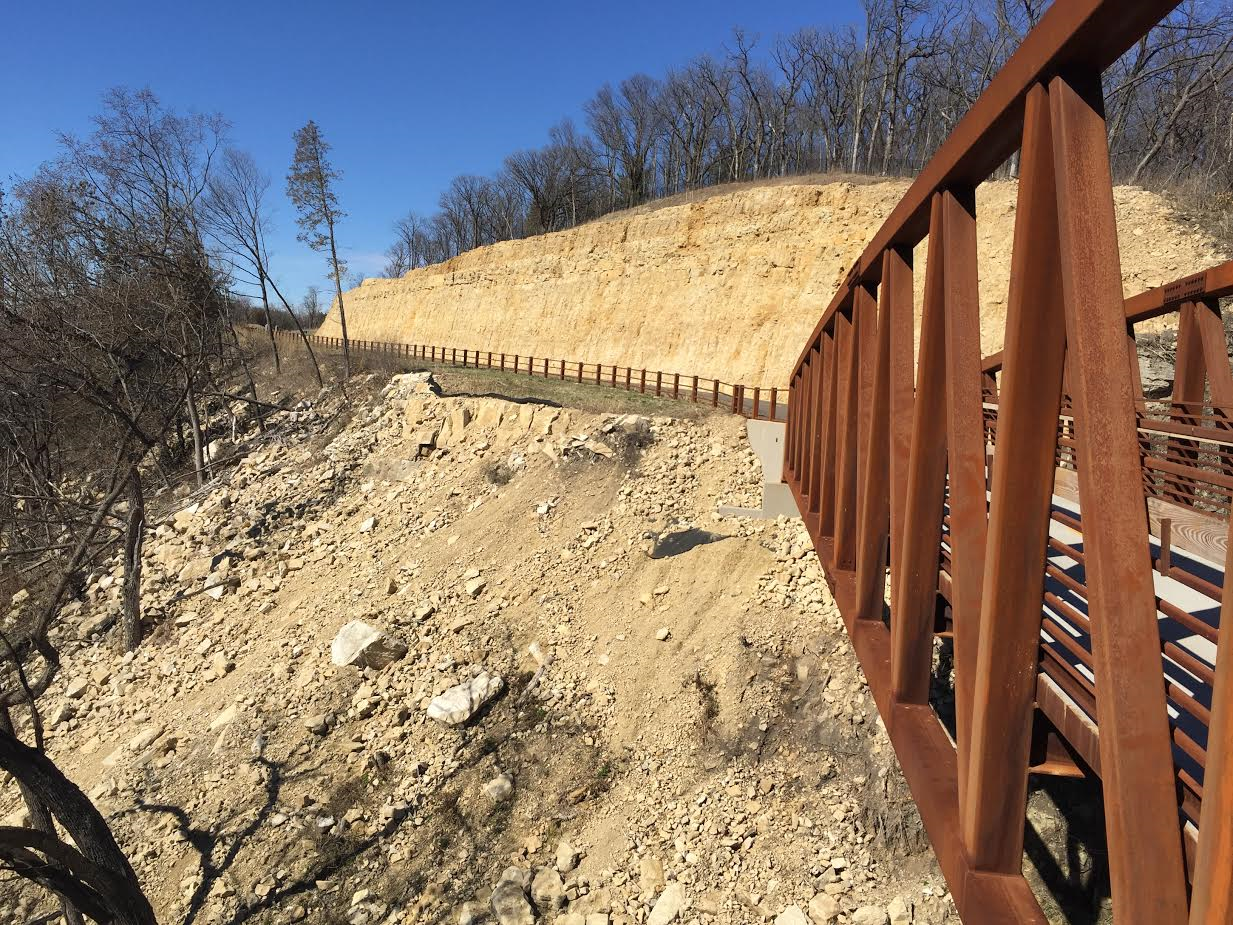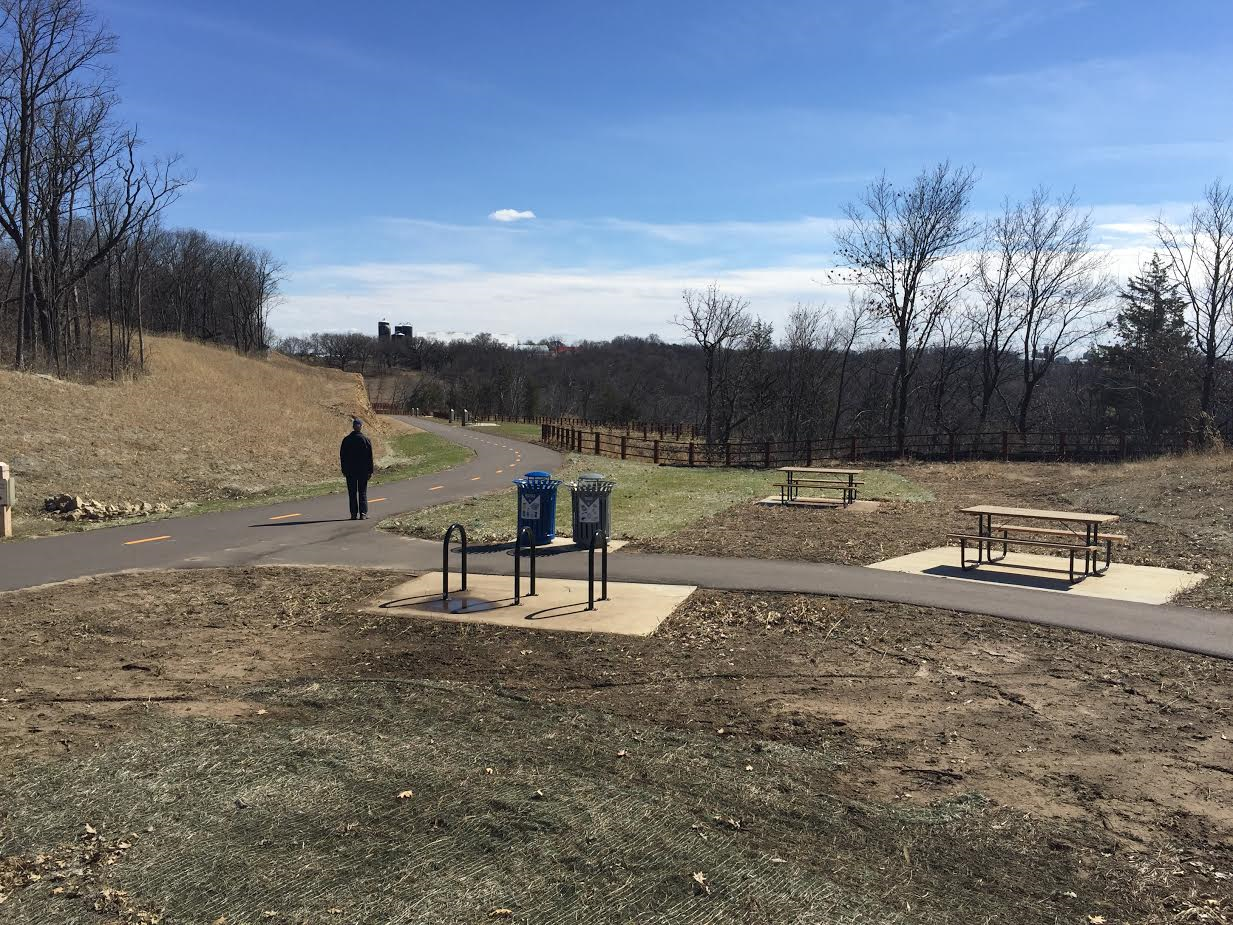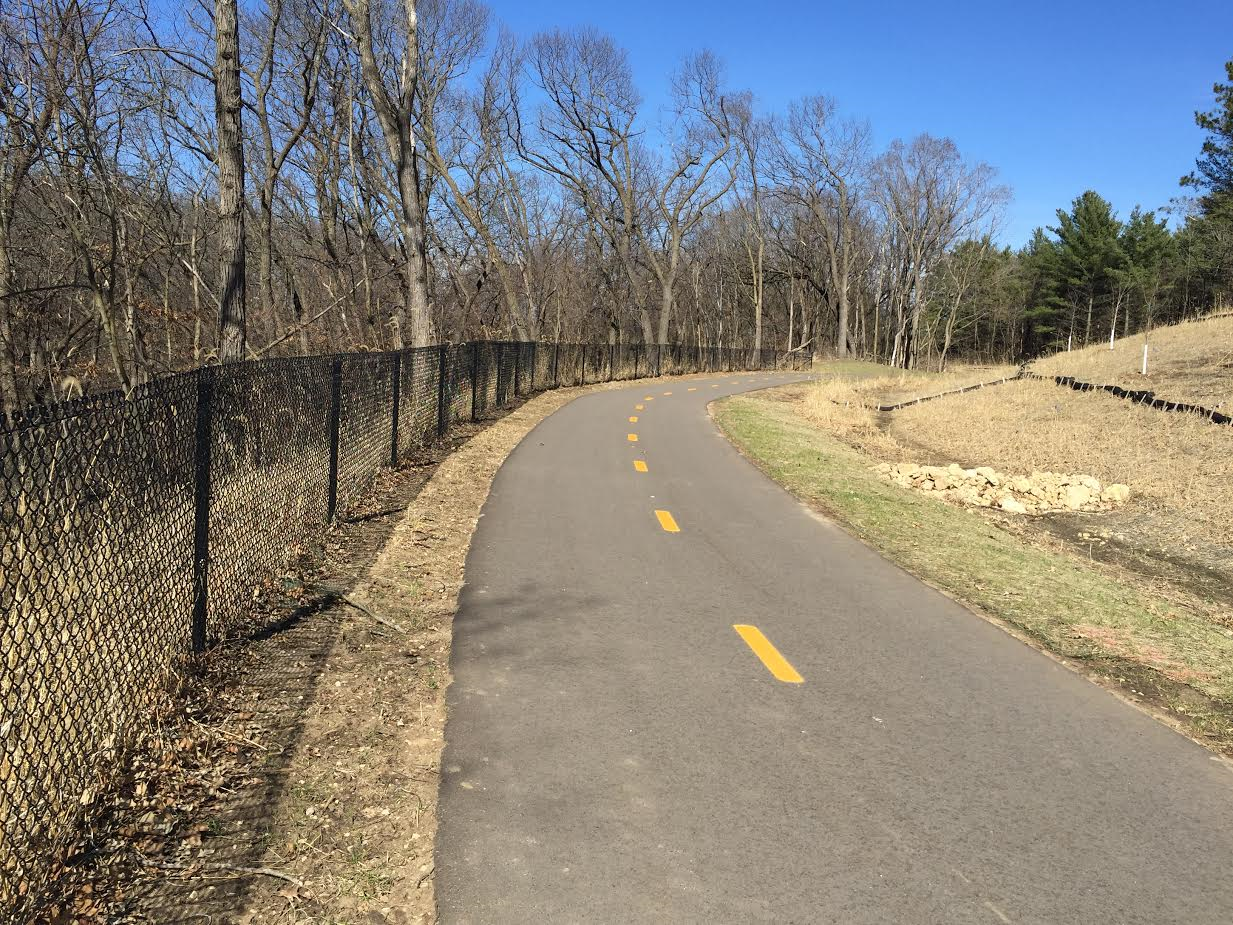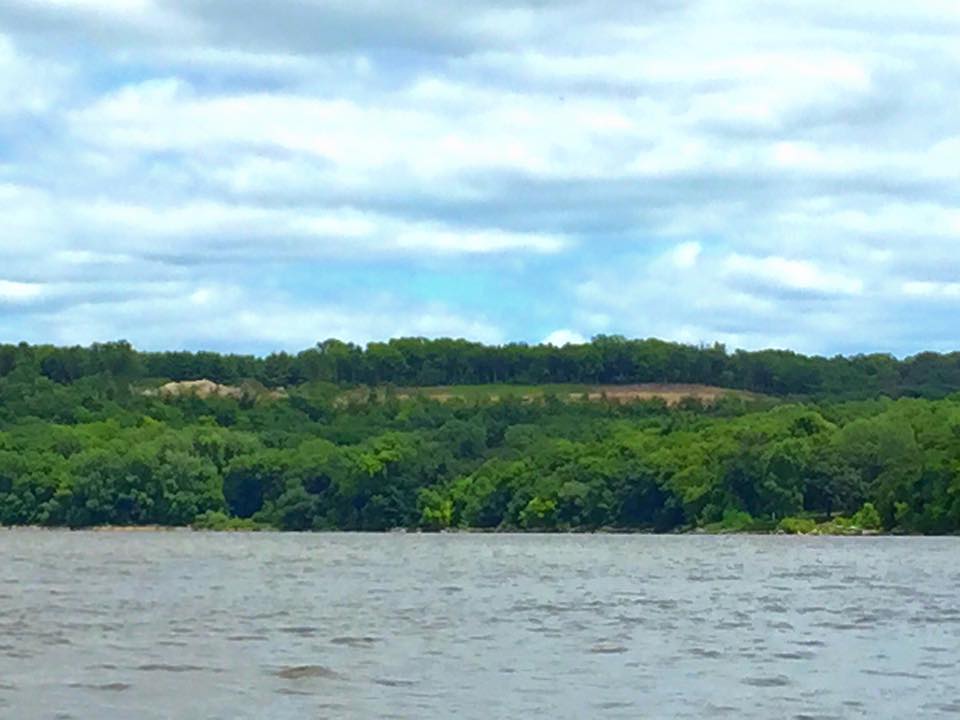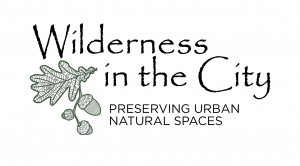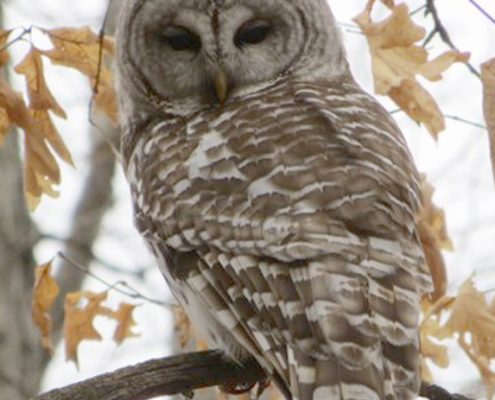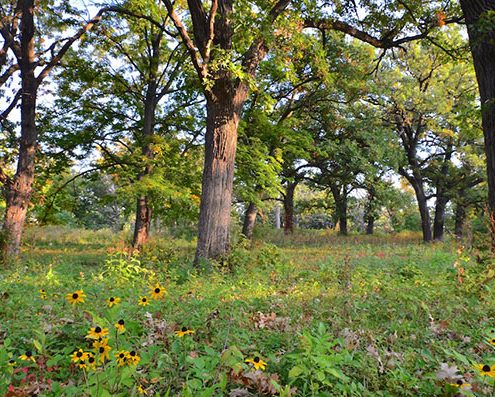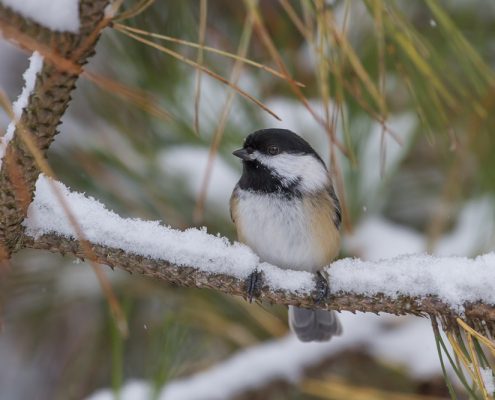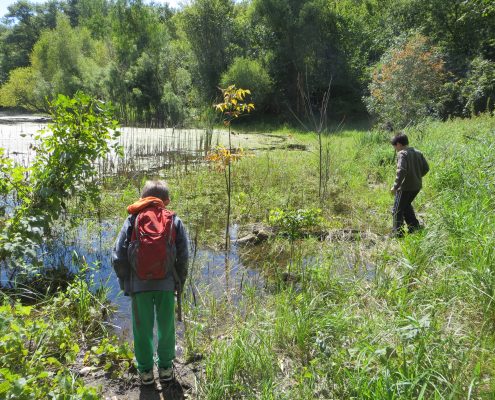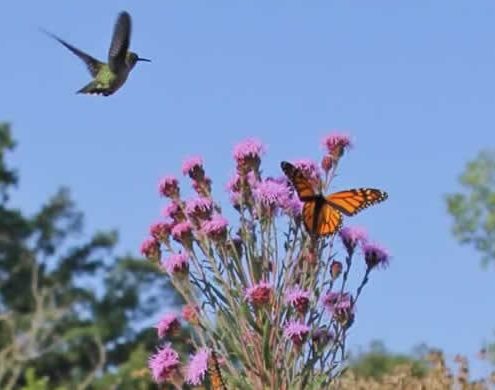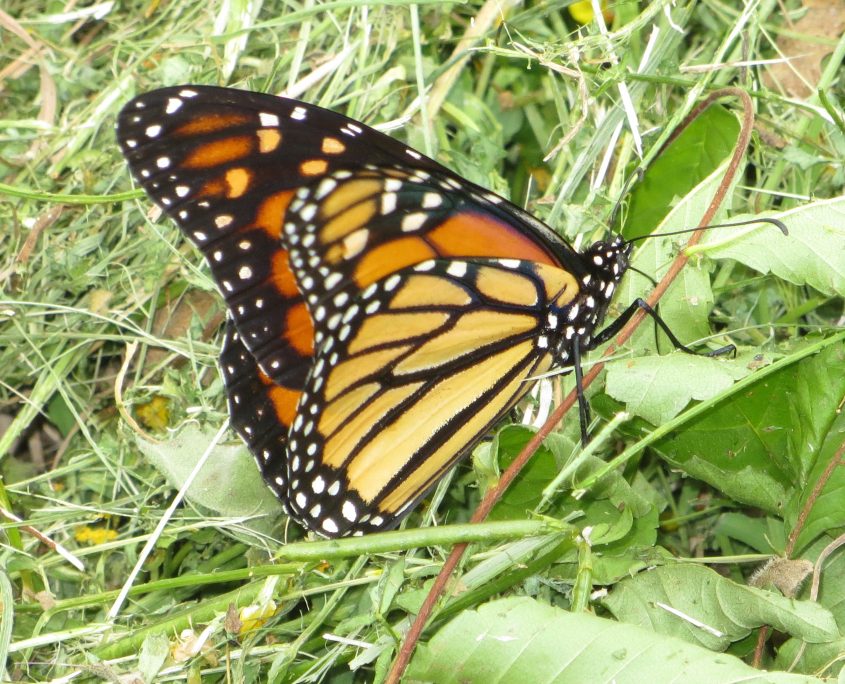Our Legacy…Our Choice
“We do not inherit the earth from our ancestors, we borrow it from our children.” ~ Native American Proverb
Legacy of Nature Alliance (LONA)
The Legacy of Nature Alliance (LONA) was established in 2021 to bring together organizations and individuals from across the metro region with a uniting mission:
To ensure ecosystems are restored and preserved within the metropolitan regional parks system and throughout the entire region to provide high-quality habitat for wildlife, and year-round Nature-based opportunities to inspire the next generation of environmental stewards.
Organizations and individuals who support this mission are encouraged to join LONA. We will be stronger together preserving and enhancing our critical lakes, prairies, wetlands and woodlands.

Audubon Chapter of Minneapolis | Bloomington Natural Resources Stewardship Initiative | Cedar-Isles-Dean Neighborhood | Cedar Lake Park Association | Environmental Friends of Veterans Memorial Park | Friends of Cullen Nature Preserve and Bird Sanctuary | Friends of Lake Hiawatha | Friends of Minneapolis Wildlife | Friends of Parks and Trails of St. Paul and Ramsey County | Friends of Roberts Bird Sanctuary | Friends of Veteran’s Memorial Park | Izaak Walton League Bush Lake Chapter | Kids for Saving Earth | Lakeville Friends of the Environment | Lower Phalen Creek Project | Minnesota Citizens for the Protection of Migratory Birds | Minnesota Herpetological Society | Nature of South St. Paul | Neighborhood Greening | Pollinator Friendly Alliance | Sierra Club – Forest and Wildlife Stewards | Urban Bird Collective | Wilderness in the City | Women Observing Wildlife-MN
Join our growing list of Nature advocates!
To become a LONA member or to learn more, contact lona@wildernessinthecity.org.
Metropolitan Regional Parks System
Often referred to as “State Parks of the Metro”, the metropolitan regional park system is a Nature-based system and is intended to complement, not duplicate, services and high-impact recreation amenities found throughout our city parks and recreation areas.
The regional parks system protects significant natural resources such as lakeshores, wetlands, hardwood forests, native prairies and groundwater recharging areas. Viewed and managed as “Gateways to Nature” this park system has the potential to provide:
- Nature-based recreation opportunities and respite from the built environment all around us,
- educational opportunities to inspire the next generation of stewards,
- valuable habitat for pollinators, birds, turtles and other wildlife
However, natural resources throughout the regional parks system are degraded, and we are witnessing a trend toward increasing built amenities for high-impact recreation traditionally found in city park and recreation areas. This concerning trend will lead to diminished Nature-based opportunities for people and low-quality habitat that does not support a diversity of flora and fauna.
To help reverse this trend, the Legacy of Nature Alliance (LONA) was established in 2021.
“Unless someone like you cares a whole awful lot,
nothing is going to get better. It’s not.”
~ The Lorax, Dr. Suess
Regional Parks System: Gateways to Nature…or A Missed Opportunity?
Human use issues will continue to be of interest to citizens of the region, however, these pale in comparison to the important decisions that need to be made to preserve the natural systems in these parks for future generations to enjoy.
GATEWAYS TO NATURE
Increased accountability to natural resource stewardship will provide high quality Nature-based destinations, respite from the built environment, places to inspire the next generation, and critical habitat for pollinators, birds and other wildlife.
Images below reflect what we could have if natural resources were at the forefront of decision-making:
- healthy woodlands, oak savannas, prairies and water bodies;
- native landscaping that provides high-quality habitat for bees, butterflies, and and other pollinators;
- effective outreach and close-to-home opportunities for Nature-based recreation and education;
- healthy ecosystems that support diverse wildlife.
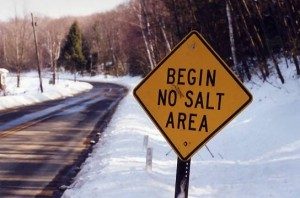
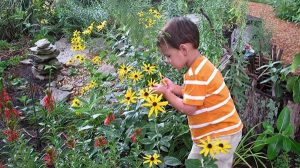
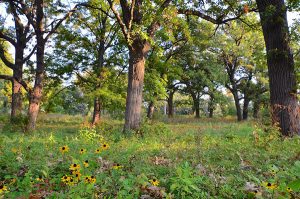
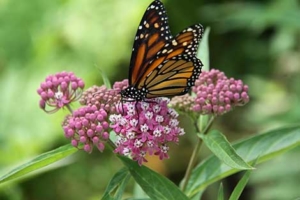
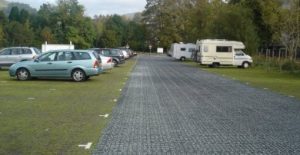
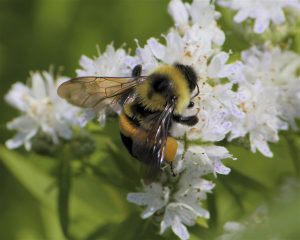
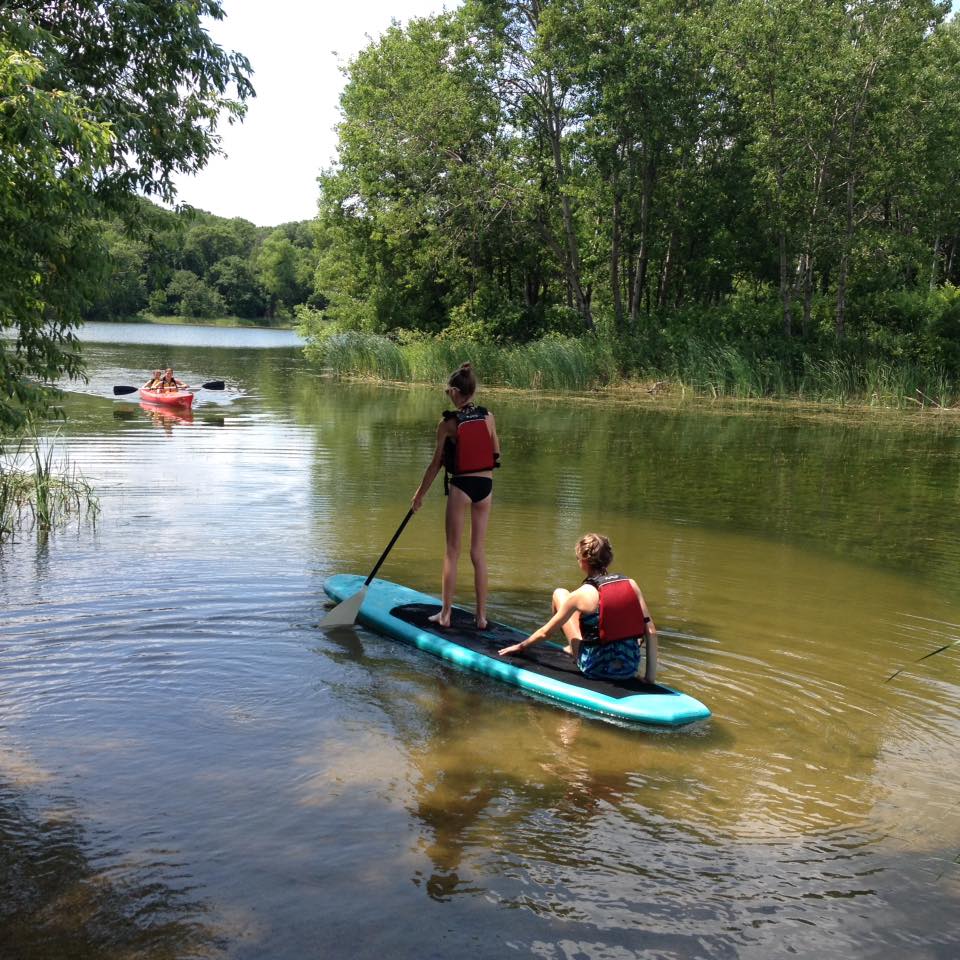

or…A MISSED OPPORTUNITY
The regional parks are trending toward more built infrastructure and diminished natural resources putting the integrity of a Nature-based system at risk.
Recent photos (below) of regional parks throughout the metro show that:
- buckthorn and other invasive plants are pervasive
- environmentally degrading turf is excessive
- natural space is frequently fragmented and replaced with asphalt
- built amenities are duplicating what we already have in other city parks and recreation areas.
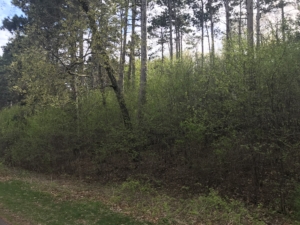
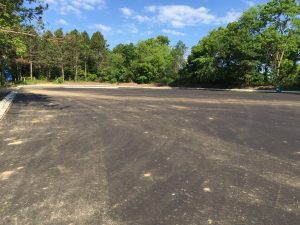
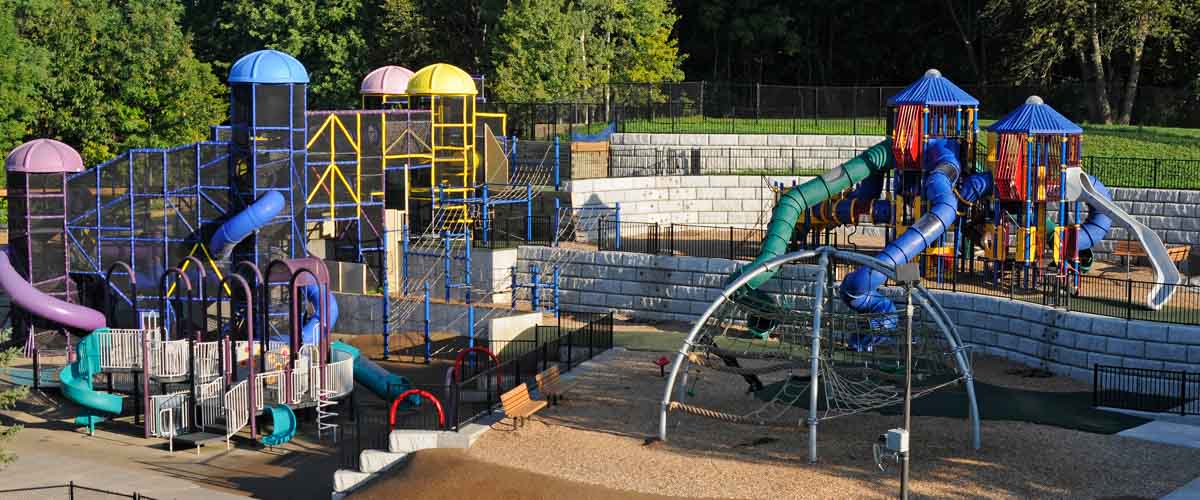
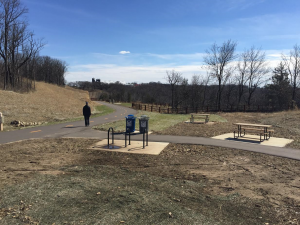
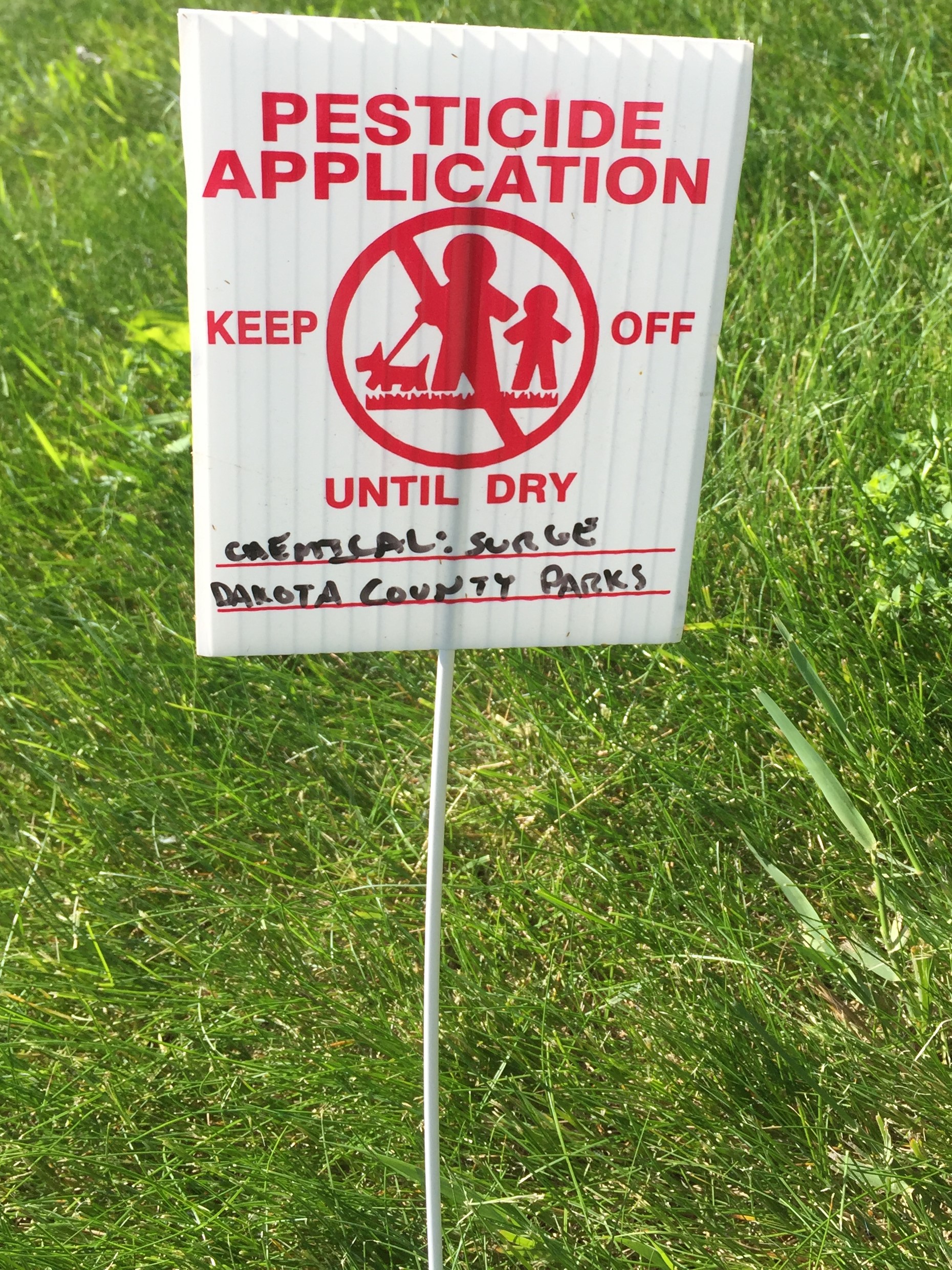
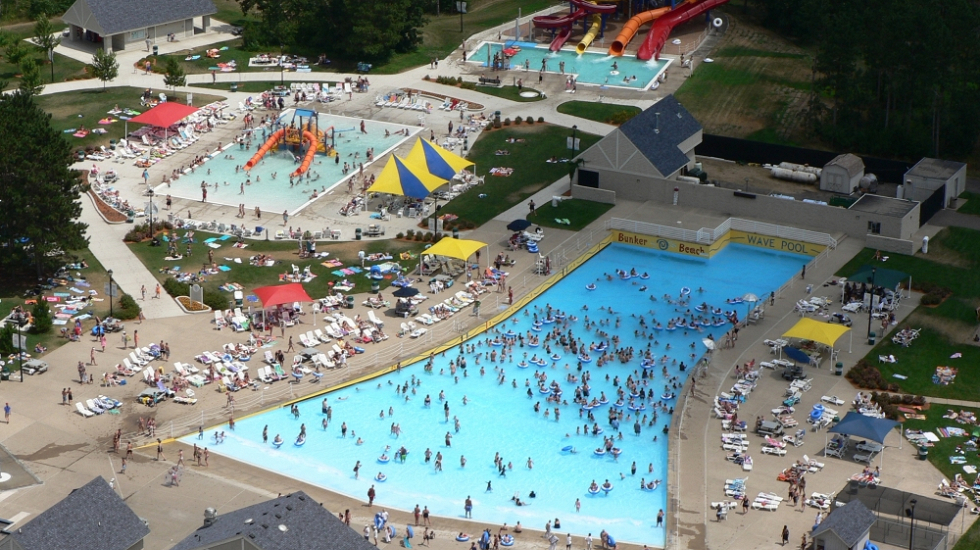
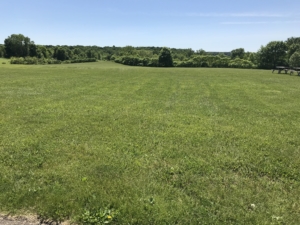
RED FLAG: In 2018, the Regional Parks Policy Plan was amended to allow for “secondary recreation amenities”. Despite concerns that were raised by the public that this undefined category was a “slippery slope” allowing for additional development, the park agencies supported the decision and this change was formally adopted by the Metropolitan Council.
“Secondary recreation amenities” now being introduced and approved in master plans include high-impact amenities including basketball courts, skate parks, pickleball courts and additional hard surfaces — duplicating the types of amenities found in city park and recreation areas and moving this Nature-based parks system further away from the vision of “State Parks of the Metro”.
A Legacy of Nature
Restoring and managing, not diminishing, the natural resource base of the of the Regional Parks System is critical and must be a priority. Investments made now will help ensure a lasting legacy of high-quality natural areas for future generations of people, and valuable habitat for wildlife.
Investing in outreach and programming to engage people of all backgrounds, ages and abilities with opportunities in nature is essential to a high quality of life and will inspire the next generation of stewards. People, not buildings, introduce others to nature.
Metropolitan Regional Parks System
In 1974, the State Legislature established the Regional Parks System in part to preserve and protect the most valuable remaining open spaces in the metropolitan region.
- Regional parks contain significant natural resources such as lakeshore, wetlands, hardwood forests, native prairies and groundwater recharging areas.
- Natural resources throughout our regional parks system are degraded and stressed as evidenced by poor water quality and the prolific spread of buckthorn and other invasive plants.
- Left unmanaged, the degraded conditions threaten the future of our metro forests, prairies, lakes and wetlands.
- The result is low-quality natural places for recreation and education, and wildlife habitat that doesn’t support many of species of birds and other wildlife.
Minnesotan’s approved the Legacy Amendment to support Natural Resources, however:
- Review of Parks and Trails Legacy spending for metropolitan regional parks shows up to 80% invested in built infrastructure
- This is inconsistent with the intent people had when they voted to support the Legacy Amendment, and is inconsistent guidelines defined by the 25-year Parks and Trails Legacy Plan.
Our Position
To help ensure desired outcomes of the 25-year Parks and Trails Legacy Plan are achieved for the Regional Parks System, including the overarching vision to protect nature and inspire the next generation of stewards:
- Projects should be based on merit, instead of the current non-competitive grant process which is based on a distribution formula.
- Proposals should include how this will impact to the natural resource base of the parks system, similar to the current requirement showing Equity impact.
- At least fifty-percent of awarded funds should be invested in restoration and natural resource management projects; this will help to rebalance the lack of investment in this category for the first ten years of Legacy.
More Stuff to Take Care Of
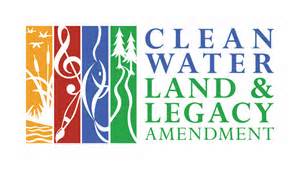
Based on past spending and current funding requests, the 2008 Legacy Amendment will negatively impact the natural resource base of the Metropolitan Regional Parks System, which is contrary to public expectations. Despite the fact that woodlands, prairies, lakes and wetlands are stressed and degraded in many of our regional parks, Legacy money is mostly funding New Development throughout our Nature-based regional parks system.
Parks and Trails Funding Requests, FY2020-21
A $40,095,000 request was submitted by the Metropolitan Council to the 2019 Legislature for projects throughout the regional parks system. Consistent with previous years, the project list continues to prioritize costly development projects within our nature-based parks, even though natural resources throughout the parks system are degraded. The current project list includes:
-
A 7,200 square foot maintenance shop and administrative office including design, engineering, construction, construction administration and other related construction costs.
-
Expanding an existing maintenance facility to add space for staff facilities and equipment storage.
-
Excavation, grading, erosion control, paving and concrete work, lighting for parking lots and associated entrance drives.
-
Construction of buildings, installation of park amenities, paving of trails, paving of roads and parking lots, utility installation or relocation, grading, lighting signage
-
Wave pool reconstruction including design, engineering, and construction
Clean Water, Land and Legacy Amendment
In 2008, Minnesota’s voters passed the Clean Water, Land and Legacy Amendment (Legacy Amendment) to protect drinking water sources; to protect, enhance and restore wetlands, prairies, forests, and fish, game, and wildlife habitat; to preserve arts and cultural heritage; to support parks and trails; and to protect, enhance, and restore lakes rivers, streams, and groundwaters. Most people cited clean water and preserving nature as their reason for voting “yes”.
- Legacy money is divided into four funds: Outdoor Heritage, Clean Water, Arts and Culture, Parks and Trails.
- The Parks and Trails Fund receives 14.25% of the Legacy Amendment Funds; of that, 40% funnels through the Metropolitan Council for the Regional Parks System.
Parks and Trails Legacy Fund
Upon passage of the Legacy Amendment, people had different thoughts on what “support parks and trails” meant, so the legislature wisely mandated the DNR to create a 25-year Parks and Trails Legacy Plan to guide how the funds should be spent.
- Creating that plan took 18-months, involved more than 1,000 citizens from around the state, and was completed in Feb. 2011.
- It’s overarching vision was protecting natural resources and creating a next generation of stewards.
- It outlined four strategic directions, desired outcomes, and guidelines, including funding guidelines, to achieve those outcomes.
Our Concern
There are conflicts between the 25-year Parks and Trails Legacy plan and how the Parks and Trails Legacy funds are being used in the metro area. If current practice continues:
- Desired outcomes as defined by the 25-year Legacy Plan may not be realized for the regional parks system.
- Contrary to what voters expected when they voted “Yes” to the Legacy Amendment, critical natural resources throughout this Nature-based system are being compromised.
2020 Legislative Session
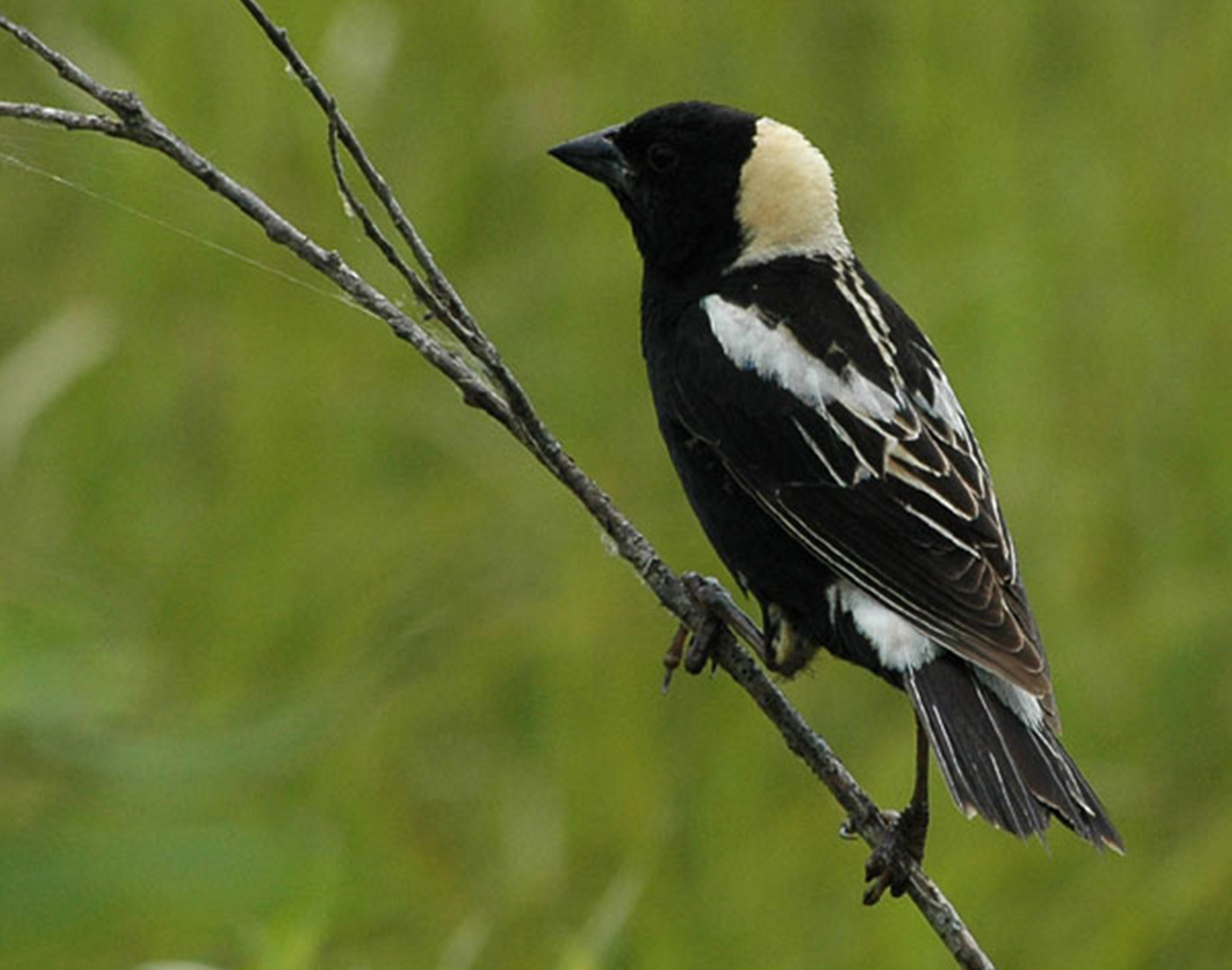
In 2020, the Legacy of Nature bill (described below) was scheduled for a hearing in the House Legacy Committee. Two hours before it was scheduled to begin, the hearing was cancelled for unknown reasons by the Committee Chair, Rep. Leon Lillie (43B). With this action, the voices of people who planned to testify in support of the bill were stifled.
View the signed Letter of Support for the Legacy of Nature bill which was intended to be presented to committee members at this hearing.
A March 12 letter from Minneapolis Park & Recreation Board officials includes disinformation related to the Legacy of Nature (LON) bill. Our response below provides clarification and accurate information.
WHAT THEY SAY: “The Minneapolis Park Board, like all the other implementing park agencies in the metropolitan area, opposes HF 2703 and SF 3511.”
OUR RESPONSE: It is concerning that all ten park agencies are opposed to a bill that will:
- Increase transparency and accountability of how these funds are being spent
- Assure compliance with the 25-year Parks and Trails Legacy Plan — a legislatively mandated report created to guide how parks and trails Legacy funds should be invested
- Better meet citizens’ expectations for the Legacy Amendment
Why we strongly support the Legacy of Nature bill, HF2703 | SF3511
Ask you legislators to support the Legacy of Nature bill (aka Parks and Trails Legacy bill). Find contact info here.
Our gratitude to Representative Masin and Senator Cohen for introducing HF2703 / SF3511 during the 2020 legislative session.
This bill proposes to amend the current Legacy process for the 40% of Parks and Trails Legacy spending appropriated to the metropolitan regional parks system to:
• rebalance spending so natural resources receive their fair share
• improve the process for project approval to eliminate ongoing conflicts
• help assure projects improve, not diminish, the ecological health of the park system
Changing business-as-usual is not easy, but it is critical for our Nature-based parks. The Legacy of Nature bill will bring the Regional Parks into greater compliance with the 25-year Legacy Plan and better meet citizens expectations for the Legacy Amendment. It will also greatly improve transparency and accountability for how these park and trails funds are being invested.
Learn More:
We look forward to continued and robust discussion on this topic, and an improved process going forward. We welcome your feedback and questions. Contact us at info@wildernessinthecity.org.
2019 Legislative Session
Posted 4/11/2019
Wilderness in the City written comment, Senate Legacy Committee, 4/10/2019
On April 10, both the House and Senate Legacy Committees moved their respective Legacy Omnibus bills including $40 million for 53 projects throughout the Metropolitan Regional Parks System.
- Projects were never reviewed by the committees, including several which were never vetted through any public process
- Legacy funding for building maintenance sheds and administrative offices, wave pool reconstruction, roads, and other construction costs
- Most projects will increase ongoing, yet unfunded, operations and maintenance expenses
- It is unknown what the impacts will be to the natural resource base of the parks system
notably lacking from the project list are natural resource restoration projects, despite this being the publics top priority for these funds (source: DNR Report, 10th Anniversary Legacy, December 2018)
Expected to be approved by the full legislature, this $40 million will flow into the metro regional parks mostly to build infrastructure, in contrast to the public’s top priority to take care of natural resources.
Posted 4/5/2019
Wilderness in the City Public Testimony, House Legacy Finance Division, 4/3/2019
HF653/SF2444 bill includes more than $40 million in Parks and Trails Legacy Fund appropriations for the Metropolitan Regional Parks System. The bill was heard in the House Legacy Finance Division hearing on 4/3. The Senate version was heard on Wed., 3/27. Public testifiers in both committees were cut short; both bills moved through respective committees.
Spring Lake Park Reserve – A Concerning Legacy Project
Mississippi River Regional Trail (MRRT)
At a Legacy Funding Finance committee hearing (MN House, 2/20/17), the Met Council presented how the Parks and Trails Legacy fund is impacting our Regional Parks System. They highlighted the Mississippi River Regional Trail project where Legacy dollars helped to fund construction for two unfinished sections or gaps in the trail.
Notably missing from their presentation was the irreversible damage this caused to an ecologically sensitive area within Spring Lake Park Reserve.
DNR Recommended Restoration to Rare Native Plant Community
Prior to construction, the DNR sent a letter [DNR letter, 9/23/2013] to Dakota County regarding the project. In the letter, the DNR:
- Recommended avoiding the proposed trail area because it contained a Dry Bedrock Bluff Prairie — a rare native plant community that is vulnerable to extirpation within Minnesota.
- Offered assistance in restoring this area using methods such as brush clearing and prescribed burning.
Instead, Dakota County Board, Met Council, State Legislature Approved Legacy Funds to Construct Trail
Disregarding the DNR’s recommendation, and public opposition to this project, the Dakota County Board, the Met Council and the Legislature approved Legacy funding to complete this trail gap.
Explosives, Eminent Domain, and a $9 Million, 4 Mile Trail
Explosives were used to create a bench cut through the bluff, and 200-foot wide swaths of forests were cleared from land Dakota County acquired through eminent domain in time to build the trail. The estimated project cost exceeded $9 million for the 4-mile trail gap.
It’s worth noting that the park’s approved Master Plan included a different alignment that avoided the sensitive bluff area at an estimated cost of less than $1 million.
Photos: Spring Lake Park Reserve, Dakota County
- Through land acquired by eminent domain, an unfragmented mature forest was cleared more than 200-ft. wide and natural terrain was significantly altered.
- A mining permit was obtained and explosives used to create a bench cut through bluffs along the Mississippi River — the most ecologically sensitive area of the park. The DNR submitted a letter to Dakota County prior to construction recommending avoidance of this area because it contained a rare plant community that is vulnerable to extirpation within Minnesota.
- There was an alternative option for a trail alignment in the park’s approved master plan. This option had public support, would have avoided the sensitive bluffs, and been far less costly.
Photos: Spring 2017 – Ecologically sensitive landscape and wildlife habitat irreversibly changed; Visitors separated from nature with asphalt and fences; river views permanently altered.
